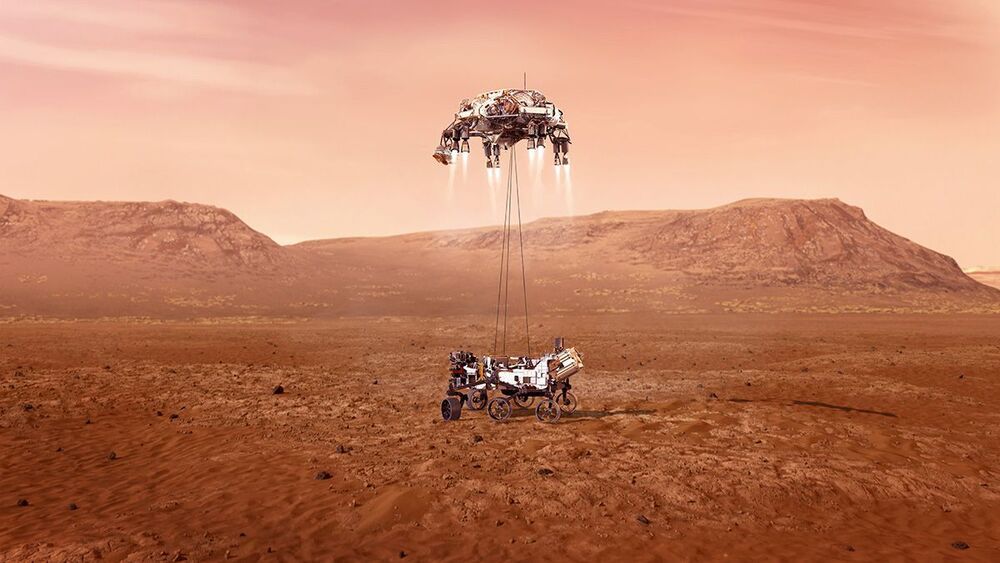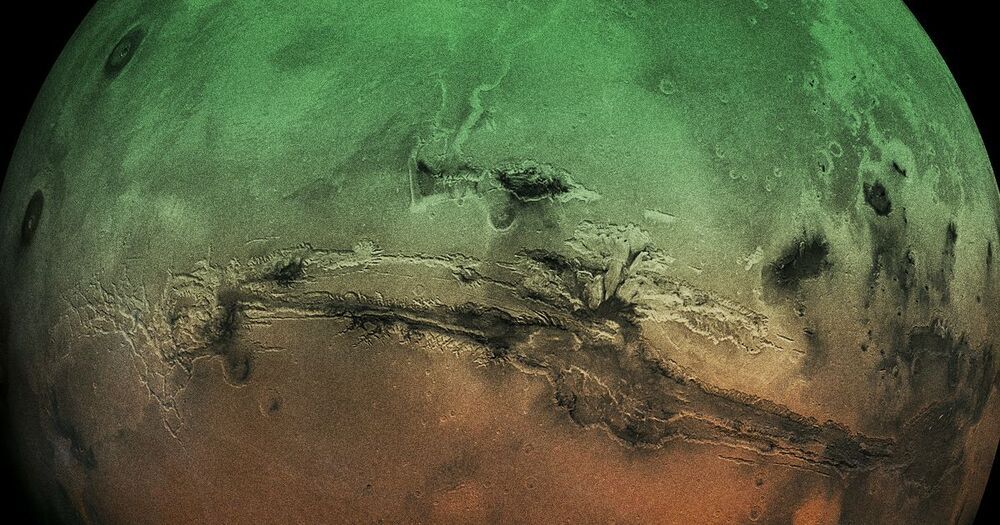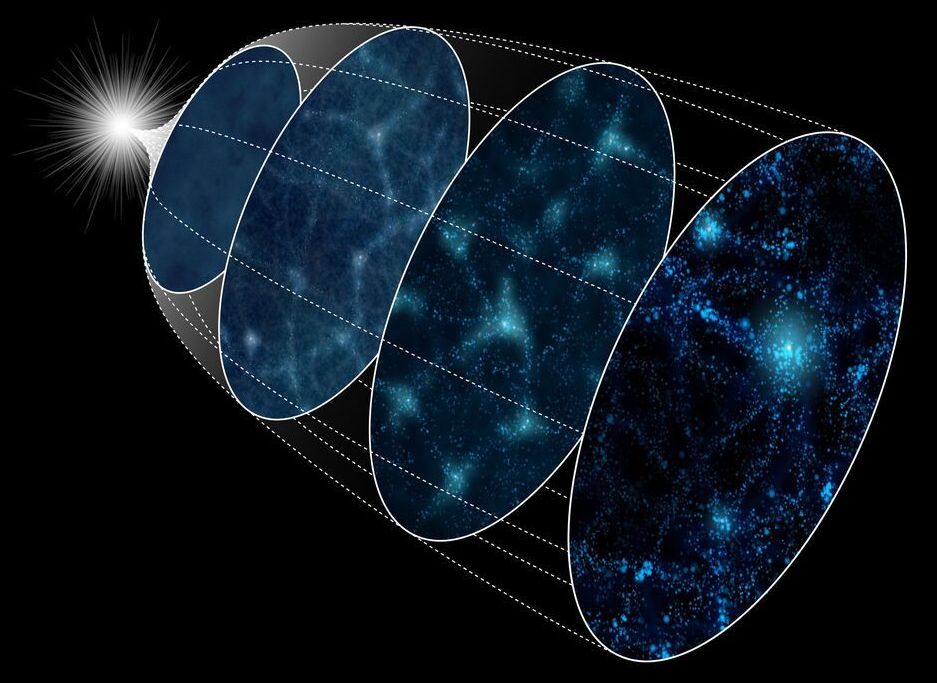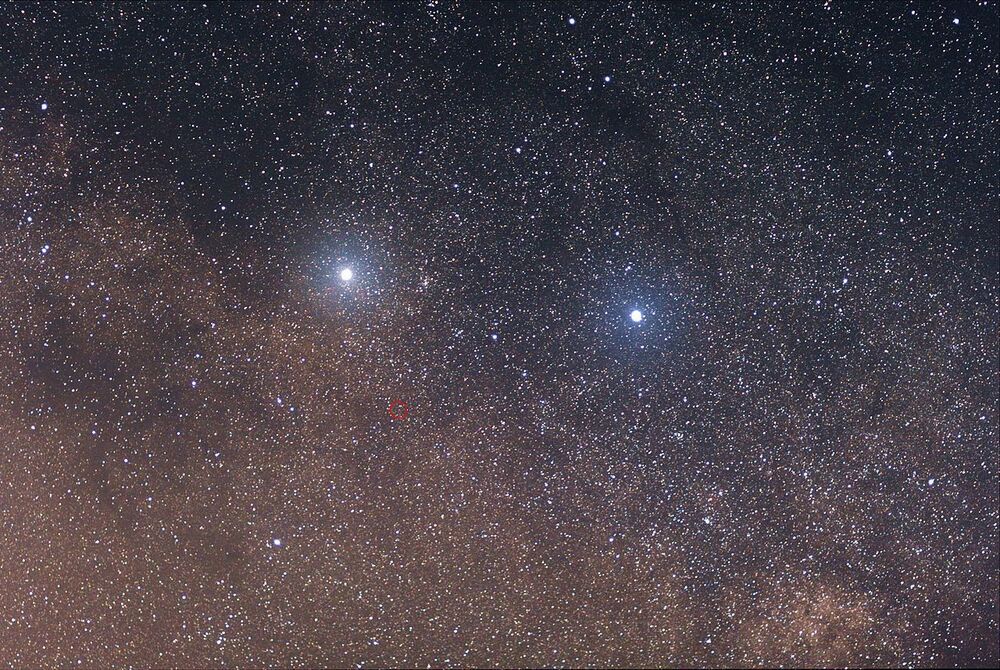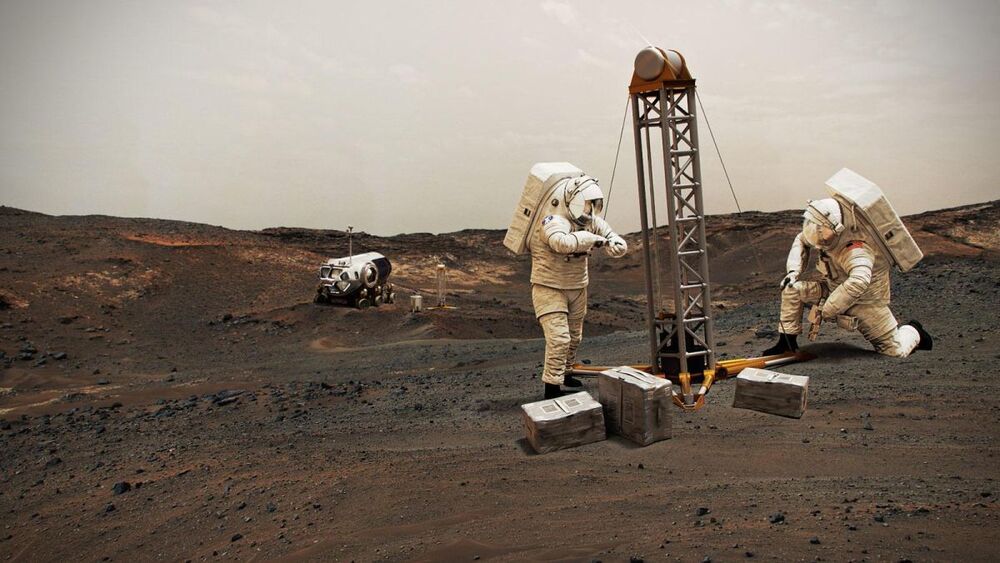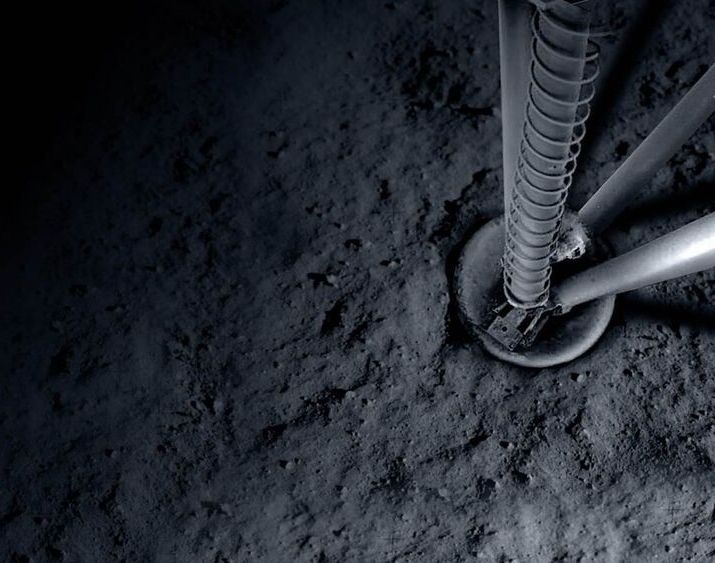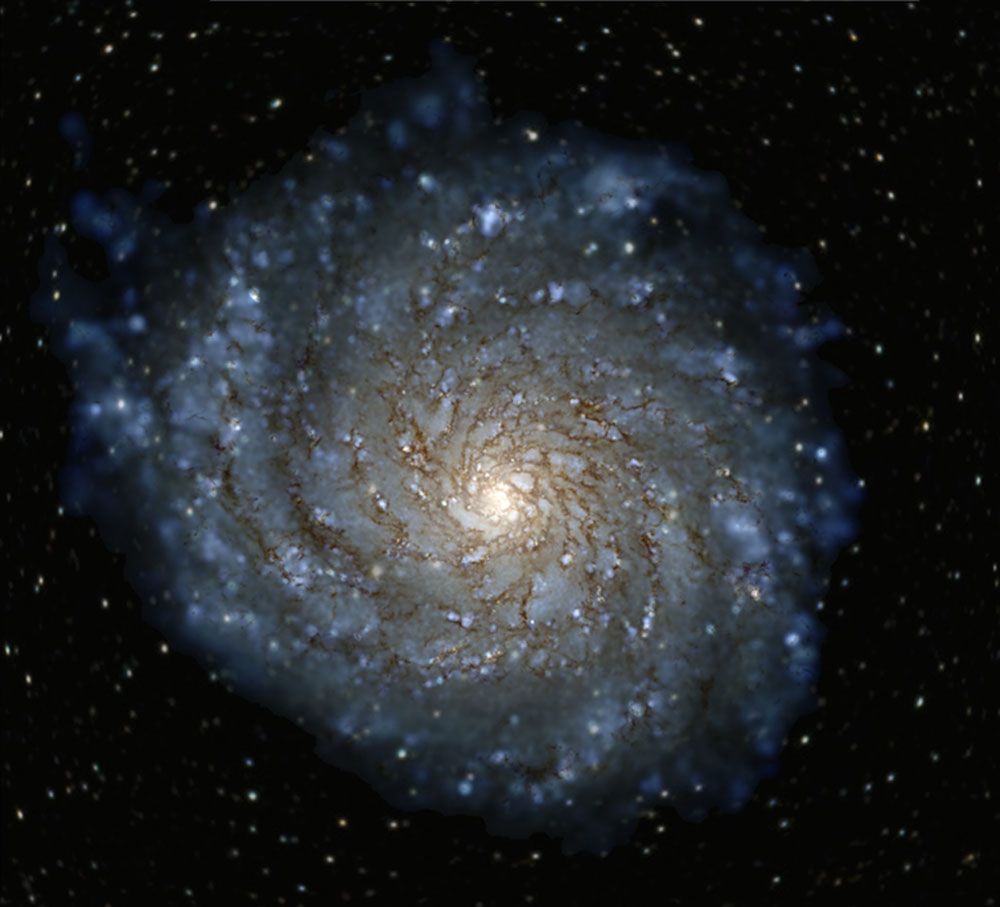Archive for the ‘space’ category: Page 570
Feb 17, 2021
Scientists Show That Algae Could Grow Using Only Mars Resources
Posted by Saúl Morales Rodriguéz in categories: futurism, space
We want to go from this proof-of-concept to a system that can be used on Mars efficiently.
Feb 17, 2021
Supercomputer turns back cosmic clock
Posted by Saúl Morales Rodriguéz in categories: space, supercomputing
Astronomers have tested a method for reconstructing the state of the early universe by applying it to 4000 simulated universes using the ATERUI II supercomputer at the National Astronomical Observatory of Japan (NAOJ). They found that together with new observations, the method can set better constraints on inflation, one of the most enigmatic events in the history of the universe. The method can shorten the observation time required to distinguish between various inflation theories.
Feb 17, 2021
This Intriguing Signal From Alpha Centauri May (or May Not) Be a Planet
Posted by Dirk Schulze-Makuch in category: space
Improvements in Technology means that we are soon able to detect habitable planets in the solar system nearest to us.
Could the star system closest to us host a habitable super-Earth?
Feb 17, 2021
Watch NASA mission control live as the Perseverance rover attempts to land on Mars on Thursday
Posted by Alberto Lao in category: space
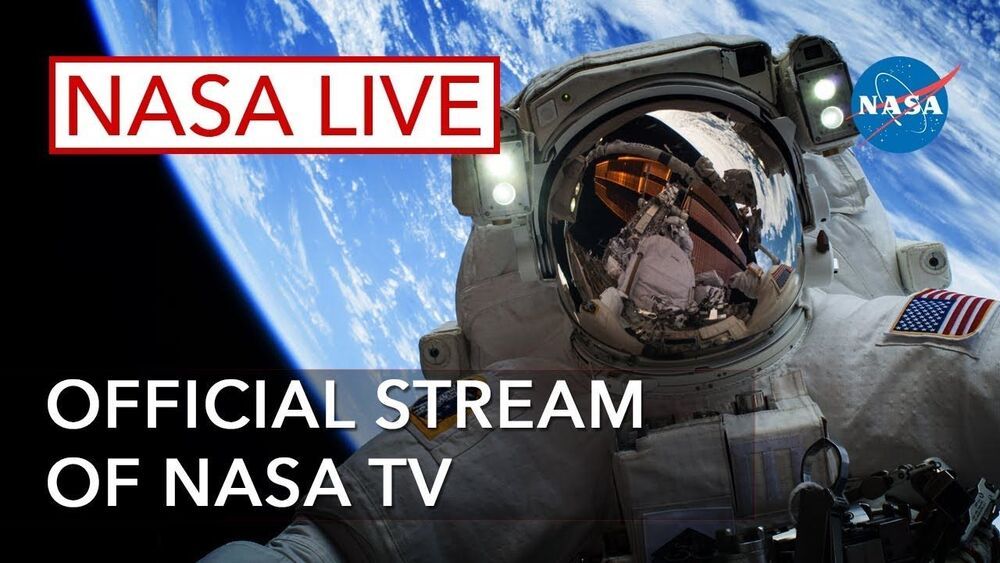
NASA’s Perseverance Mars rover will attempt to record video and audio as it plunges through the planet’s atmosphere at 12000 mph.
Feb 17, 2021
This new map of ice on Mars could guide future astronauts
Posted by Alberto Lao in categories: futurism, space
There seem to be many good possible locales for a crewed Mars base.
Large swaths of the Martian mid-latitudes show evidence of buried but accessible water ice, a new study reports.
Feb 16, 2021
Lunar Traffic to Pick Up for Commercial Moon Deliveries
Posted by Unni Neel in categories: robotics/AI, space
Lunar traffic to pick up as NASA readies for robotic commercial moon deliveries.
NASA is working on various science instruments and technology experiments from the agency that will operate on the Moon once American companies on Commercial Lunar Payload Services (CLPS) contracts deliver them to the lunar surface. Through CLPS flights, NASA is buying a complete commercial robotic lunar delivery service and does not provide launch services, own the lander or lead landing operations.
The agency has already purchased space on five upcoming commercial Moon missions and is expected to announce yet another task order award soon. The upcoming award keeps the agency on track for its goal of two CLPS deliveries per year as part of the Artemis program and will round out two deliveries per year 2021 through 2023.
Feb 16, 2021
The Alignment of the Milky Way’s Entourage, Explained
Posted by Genevieve Klien in category: space
Astronomers are starting to understand why the dwarf galaxies around the Milky Way are aligned along a plane.
